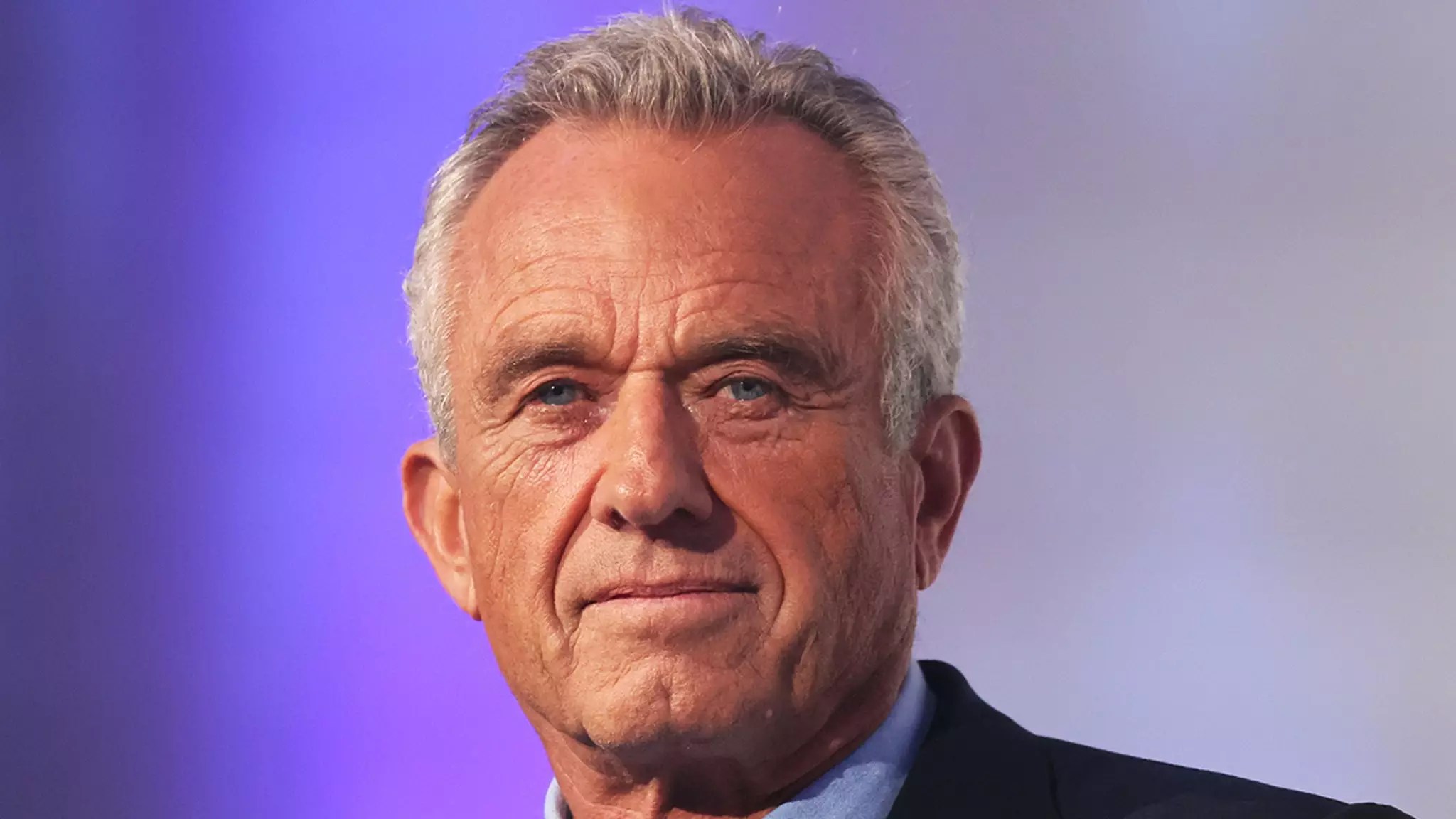Thanksgiving, a holiday traditionally associated with warm gatherings and family feasts, took on a new dimension this year thanks to Robert F. Kennedy Jr. The politician, known for his polarizing views on health and wellness, showcased a highly unconventional cooking method in a recent social media post. Eschewing the culinary norms of the season, he opted for a method involving boiling tallow to cook a turkey, all while navigating the risks associated with such a hazardous approach. This choice not only raises eyebrows but serves as a reflection of Kennedy’s larger approach to life and health.
In his social media clip titled “MAHA,” standing for “Make America Healthy Again,” Kennedy demonstrated his turkey-cooking technique alongside his wife, Cheryl Hines. As they prepared to sauté the turkey in boiling tallow, his commentary emphasized important safety tips. He reminded viewers to lower the turkey carefully into the pot to avoid dangerous splashes of hot grease, which underscores both the thrill of his method and the inherent risks involved. Notably, Kennedy filmed himself barefoot, raising questions about safety and common sense. By choosing to forgo protective footwear, he exemplifies a penchant for embracing raw, primal experiences, further blending tradition and danger in the kitchen.
While the outcome of Kennedy’s turkey looked visually appealing, with its crispy skin begging to be tasted, the use of tallow—a rendered animal fat—sparks a debate about health. The medical community remains divided over whether tallow is a healthier cooking alternative compared to butter. This contentious topic mirrors Kennedy’s broader health beliefs, which are often steeped in controversy. His perspective on alternative health practices has frequently polarized public opinion, casting a shadow over his potential role as a Health and Human Services Secretary. If confirmed, one wonders how much influence his unconventional views would have on national health policy.
Kennedy’s Thanksgiving cooking display serves as a metaphor for his life philosophy—one that embraces risk as a pathway to authenticity. While traditionalists may argue for safer, more conventional methods, Kennedy invites his audience to re-evaluate their comfort zones and the norms of culinary practice. His barefoot approach, while risky, can be seen as a metaphor for living boldly and counter-culturally, albeit at pieces of caution that many might find alarming. Is it worth the risk for the sake of culinary adventure? This question resonates far beyond Thanksgiving at a time when discussions surrounding health and wellness become increasingly pressing.
Ultimately, Robert F. Kennedy Jr.’s Thanksgiving turkey preparation captures the essence of who he is: a man unafraid to stand apart from conventional norms, whether in the kitchen or in public discourse. As he navigates the complexities of public health policy, his cooking methods and health beliefs will likely continue to spur debates. Whether viewed as a health innovator or a reckless provocateur, Kennedy’s choices validate his position in the ongoing discussion surrounding health, safety, and personal responsibility. In a world striving for health and safety, his methods remind us of the fine balance between tradition and innovation, prompting us to ask what risks we are willing to take for our ideals.







Leave a Reply